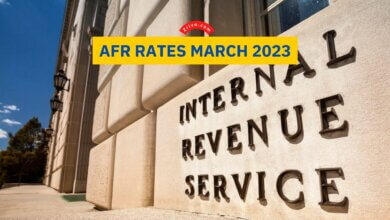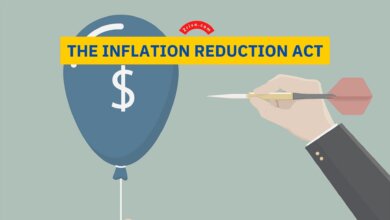At-Risk Rules
The at-risk rules were designed to impose a measure of fairness within the tax system. Unfortunately, these rules can be quite deadly in some situations.

At-risk rules are designed to ensure that losses claimed on a tax return are valid and do not represent taxpayers trying to manipulate their taxable income through sham tax shelters. These rules limit the amount of losses that can be deducted to the amounts actually invested in an activity. These rules are found in Section 465 of the Internal Revenue Code. They were enacted as a countermeasure to the proliferation of tax shelters that were being aggressively marketed at the time. At-risk rules primarily apply to individuals who are involved in activities as partners, shareholders in S corporations, or real estate rental activities. These rules do not apply to regular C corporations.
How to Calculate At-Risk Amount?
The at-risk amount is calculated based on the taxpayer’s initial investment, any additional funds they have contributed, and any personal loans for which they are personally liable. It does not include loans for which the taxpayer is not personally responsible, such as nonrecourse loans secured by the investment.
If a taxpayer’s losses from an at-risk activity exceed their at-risk amount, the excess losses are suspended and cannot be deducted in the current year. Instead, they are carried forward to future years when the taxpayer has sufficient at-risk amounts to offset them. Taxpayers must calculate their at-risk amount separately for each activity. Losses from one activity cannot offset income from another activity unless the taxpayer has enough at-risk basis in the activity generating the loss.
In some cases, taxpayers who meet certain material participation requirements may be able to deduct losses from activities that would otherwise be considered passive. Material participation is a factor in determining whether the taxpayer is actively involved in the activity.

S corporations and Partnerships
For S corporations and partnerships, the at-risk rules apply to each individual partner or shareholder rather than the entity itself. The at-risk amount is calculated based on the partner or shareholder’s cash investment in the business and any personal loans made to the business. If the taxpayer’s losses exceed their at-risk amount, the excess losses may be suspended and carried forward to future years when the taxpayer has sufficient at-risk amounts to offset them.
Rental Properties
Rental activities are subject to at-risk rules to ensure taxpayers do not generate artificial losses from rental properties solely for tax purposes. The rules determine whether a taxpayer can deduct losses from rental real estate activities against their other income. In the context of rental properties, the at-risk rules take into consideration the taxpayer’s financial investment in the property, including the amount of cash invested and any borrowed funds that the taxpayer is personally liable for. Passive activity losses (including rental losses) that exceed the at-risk amount may be limited and carried forward to offset future rental income or gains.
Notably, the at-risk rules interact with the passive activity loss rules, which further limit the deductibility of losses from passive activities (including most rental activities) against non-passive income. Keeping accurate records of investments, loans, and other financial transactions related to at-risk activities is crucial. Proper documentation helps substantiate the taxpayer’s at-risk amount and activity involvement. At-risk rules can be complex, and their application can vary depending on individual circumstances and changes in tax laws. It’s strongly recommended to consult a qualified tax professional to ensure compliance and accurate calculation of at-risk amounts and deductions.





